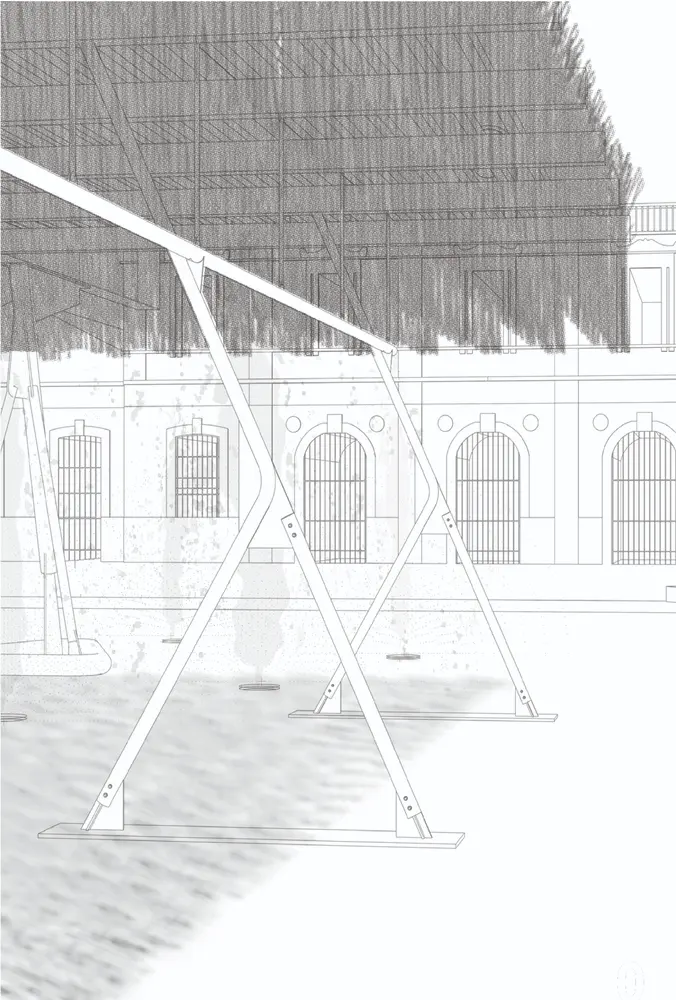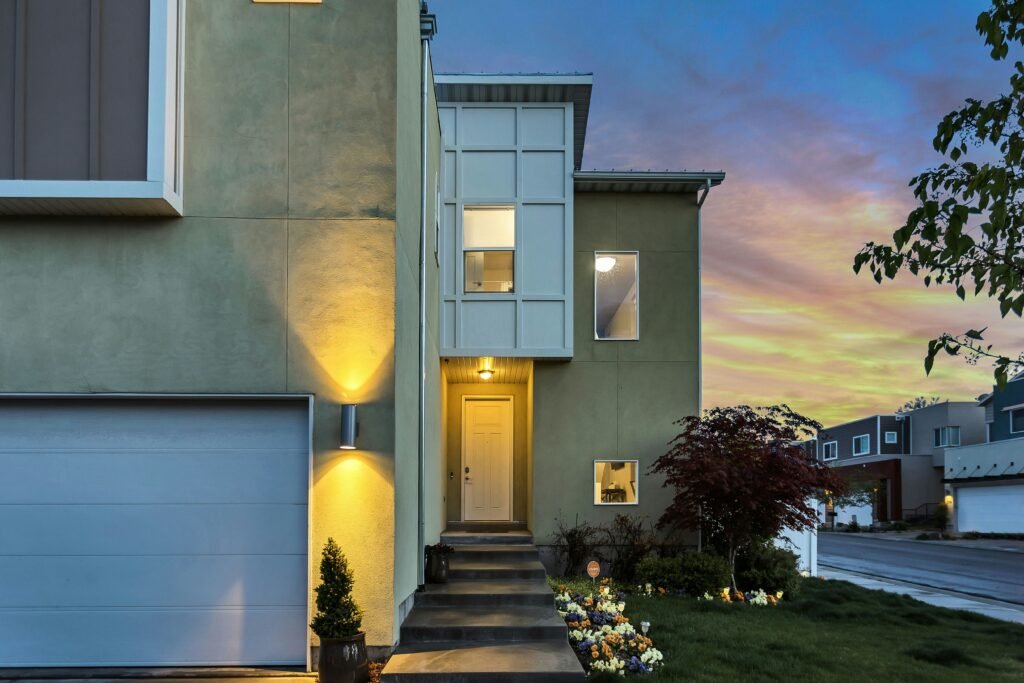Ecological Interventions and Coastal Dialogues in Public Space
The TAC! 2025 Urban Architecture Festival returns to Spain with renewed vigor, offering a platform where public space, coastal heritage, and ecological architecture intersect through experimental design. Held this year in Alicante and Las Palmas de Gran Canaria, the fourth edition of the festival cements its status as a crucible for emerging architects under 45. This annual initiative, championed by the Ministry of Housing and Urban Agenda in partnership with the Arquia Foundation, promotes not only creative freedom but also a rethinking of architecture’s role in our environmental and cultural ecosystems.
Reimagining Public Space: Temporary Architecture as a Medium of Dialogue
Temporary pavilions at TAC! 2025 are more than visual spectacles; they are architectural arguments. Built with contextual intent, these installations claim public space not merely as a backdrop but as a dynamic threshold where environmental, historical, and communal narratives converge. Public space becomes both canvas and catalyst, encouraging interaction, reflection, and civic engagement.
This year’s theme focuses on the cultural connections of coastal cities. By selecting Casa Mediterráneo in Alicante and Plaza Stagno in Las Palmas as sites, the festival foregrounds the relationship between land and sea, memory and modernity. The interventions embody a spatial response to these maritime territories, engaging their microclimates, cultural layers, and ecological fragility.

Awarded Pavilions: Anchored in Ecology and Local Material Culture
The ESPARTAL Pavilion by ELE Arkitektura, GA Estudio, Florencia Galecio, and Juan Gubbins, set to be installed in Alicante, reclaims esparto grass as both material and metaphor. This fibrous Mediterranean plant, largely forgotten in contemporary architecture, returns as a protagonist in a canopy that filters light, cools the plaza, and reestablishes esparto as a link between agricultural landscapes and urban consciousness.
Rooted in ecological architecture principles, ESPARTAL demonstrates how buildings can act as bioclimatic mediators. By shading and altering the microclimate of Plaza Arquitecto Miguel López, the pavilion enhances comfort passively, echoing strategies discussed in Ecological Architecture on working with climate rather than against it. The pavilion does not impose; it collaborates with its environment, transforming climatic logic into spatial experience.
In Las Palmas, DE ROCA MADRE by Alejandro Carrasco Hidalgo, Eduardo Cilleruelo Terán, Alberto Martínez García, and Andrea Molina Cuadro excavates the geological and ecological memory of the island. Combining volcanic rock and plastic waste collected from local beaches, the pavilion stages a tension between deep time and anthropogenic damage. Referencing traditional Canarian construction while highlighting transoceanic pollution, it questions the ethics of material choice and invites users to reflect on the footprint of the built environment.
Both pavilions reflect what ecological architecture insists upon: that material selection is not just technical but ethical. These projects confront the full life cycle of matter, embracing local, regenerative, and reused resources. They demonstrate that environmental responsibility and cultural expression are not mutually exclusive but mutually reinforcing.
Beyond Aesthetics: An Architecture of Participation and Place
The festival’s call for proposals emphasized architecture that is rooted in its territory and socially engaged. Among the winning and runner-up entries, there is a noticeable shift from object-based design to process-driven interventions. Installations like “Gota a Gota” in Gran Canaria, which revives traditional water harvesting tools, or “La Siesta” in Alicante, referencing the urban nomadic farmer, are not static installations but living commentaries on cultural practices, climate resilience, and collective memory.
This participatory ethos aligns with your book’s argument that architecture must not be an isolated aesthetic gesture but a systemic actor in ecological and social networks. TAC! 2025 highlights this by selecting projects that blend pedagogy, heritage, and ecological intelligence—treating public space as a commons, not a commodity.

Architectural Ecology as Civic Expression
The 2025 edition makes evident that architecture’s future lies not in glossy icons but in sensitive, site-specific acts of repair and imagination. The young architects selected for TAC! 2025 are not designing buildings in the conventional sense but constructing relationships: between city and coast, material and memory, human presence and planetary limits.
Their work resonates with the holistic framework of ecological architecture, wherein each decision—from site placement to shading device, from cultural narrative to construction method—participates in an ecological cycle. As outlined in Ecological Architecture, this cycle is not only environmental but ethical and temporal, extending across generations.
Toward Regenerative Urban Spaces
TAC! 2025 affirms the idea that temporary architecture can leave lasting impacts. It is a rehearsal for a future where architecture contributes not only to aesthetic delight but to environmental restoration and cultural continuity. With each edition, the festival strengthens the case for architecture as a regenerative force, echoing your assertion that buildings must become part of the living landscape, not isolated objects upon it.
In their small but resonant scale, the pavilions of TAC! 2025 reflect a larger shift in architectural consciousness—one that is experimental, place-based, and deeply ecological. In doing so, they offer a blueprint for how cities can grow more thoughtfully, one temporary pavilion at a time.
Dr. Riley Carter
Architect | Educator | Passive House Advocate



